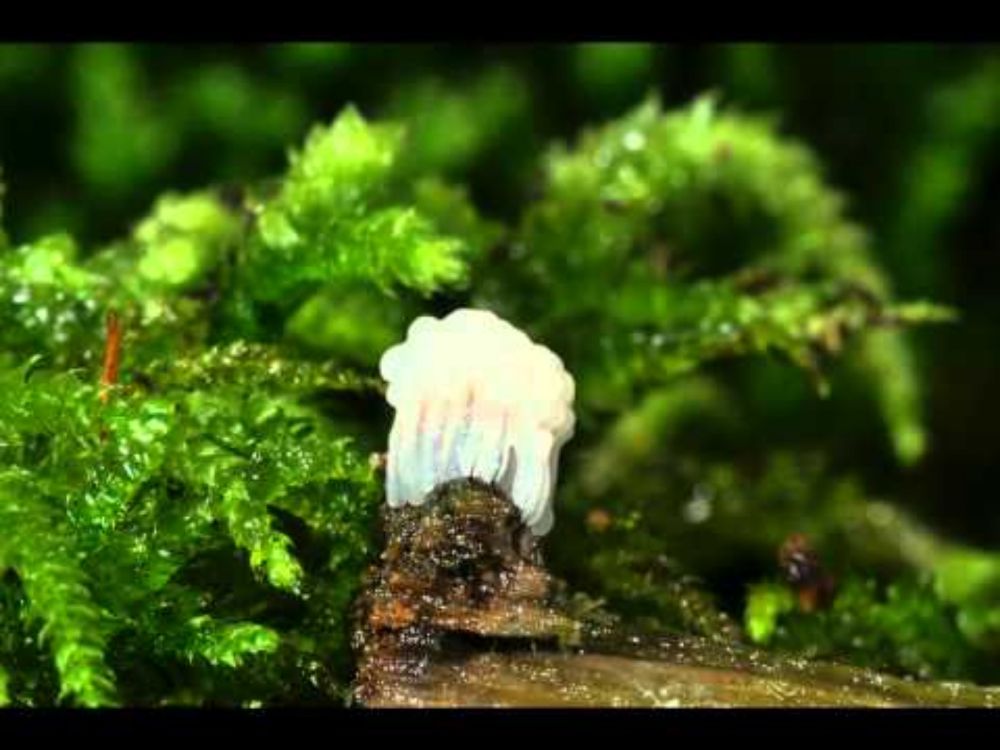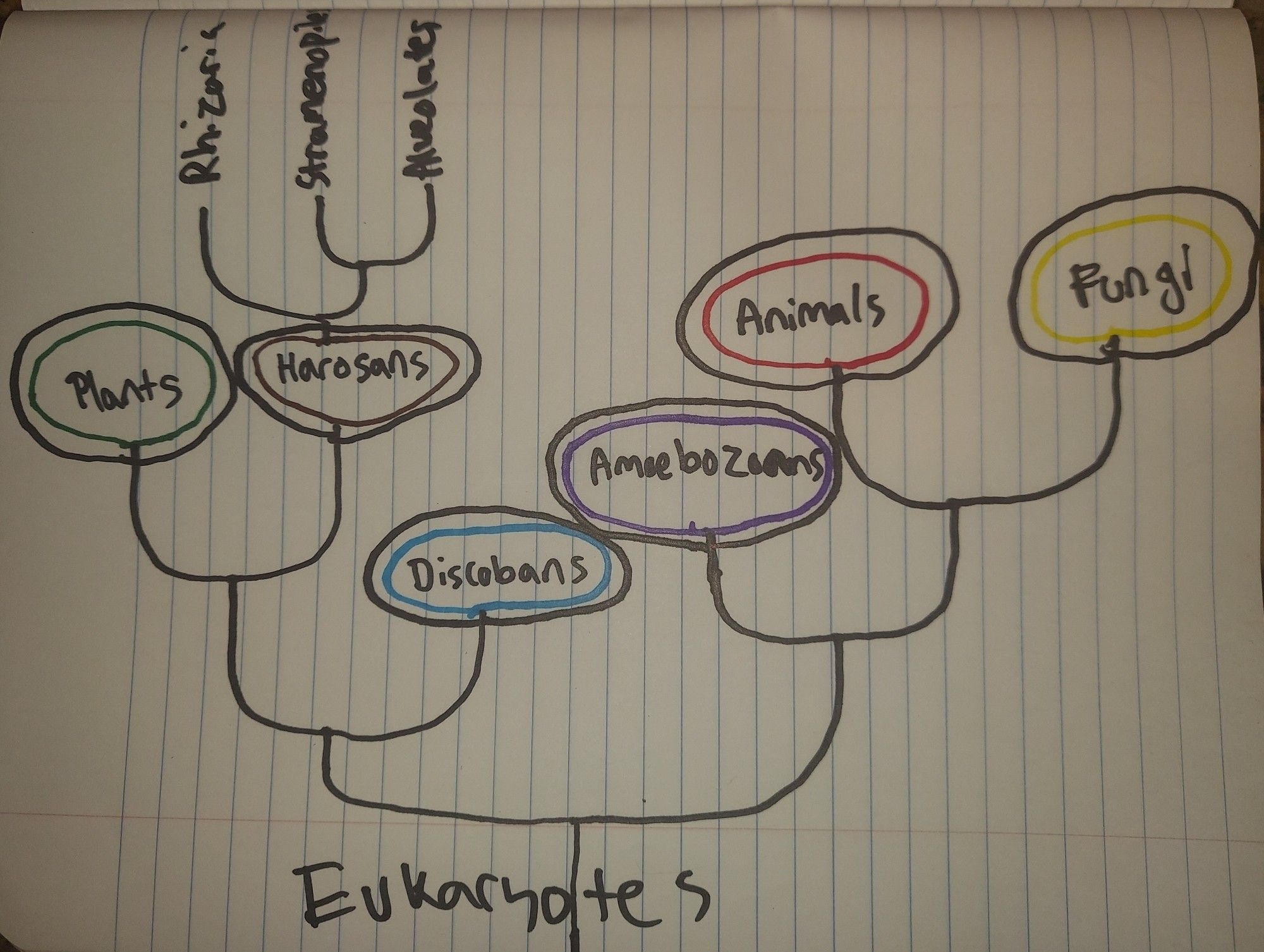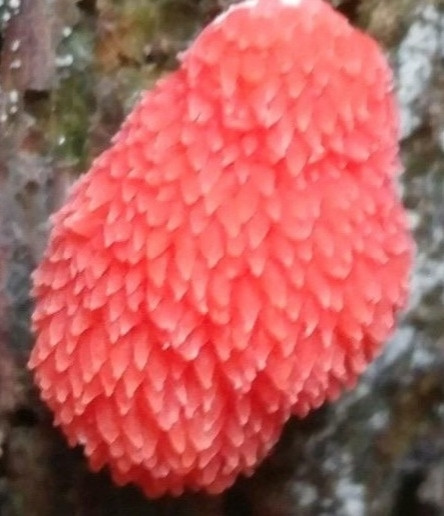The slime mold is Stemonitis and here is a video of it fruiting youtu.be/PUXrx7Fw6sg

YouTube video by Daniel Brunner
I think it is worth noting that fungi to "protista" is not a 1:1 comparison. Protista is an artificial and obsolete kingdom with many members more closely related to other kingdoms. Slimes like this are amoebozoans, a natural kingdom defined by evolutionary history like plants, animals, and fungi.

Opalinids are fuzzy multinucleated harosans that live inside frog butts and eat frog poo. They are named after the opalescence they display in sunlight, and are closely related to diatoms, giant kelp, and water molds.
Here is another Stemonitis fruiting: youtu.be/PUXrx7Fw6sg

YouTube video by Daniel Brunner
It is crazy to see how the fruit bodies form: youtu.be/2Yq-PJabKcA?...

YouTube video by 曳尾菌 YeWeiJun
I haven't tried this one but all myxogastrids are edible, with the caveat that they can accumulate metals like some fungi. I ate a tiny piece of Tubifera and it was pretty tasty actually (pic included)

You may be thinking of the dictyostelids, which form multicellular slugs and fruit bodies. This is a myxogastrid, the only kind of macroscopic slime mold, and it exists as a very large single amoeboid cell until it forms fruit bodies made of dried cellular components and simple deposited materials
Stemonitis is always near woodrot because it eats microbes that rot wood, but it doesn't break down plant matter. Slimes like this are mobile predators and grazers of bacteria, algae, and yeast. Before a slime forms fruit bodies it moves about as an enormous single celled amoeba
imo the two easiest places to find slimes are 1. on rotten logs near lakes or streams 2. on wet mulch Slimes are most abundant in temperate climates but exist everywhere including deserts, snowy mountains, jungles, etc. Check after a rain, try a flashlight, and get a cheap lens for your phone
Rhizarians are mostly microscopic predatory amoebas with long creepy fingers, but some inhabit protective shells that can be up to 20 cm across, while others form multicellular jelly tubes up to 3 meters in length with complex internal structures housing photosynthetic dinoflagellate symbionts